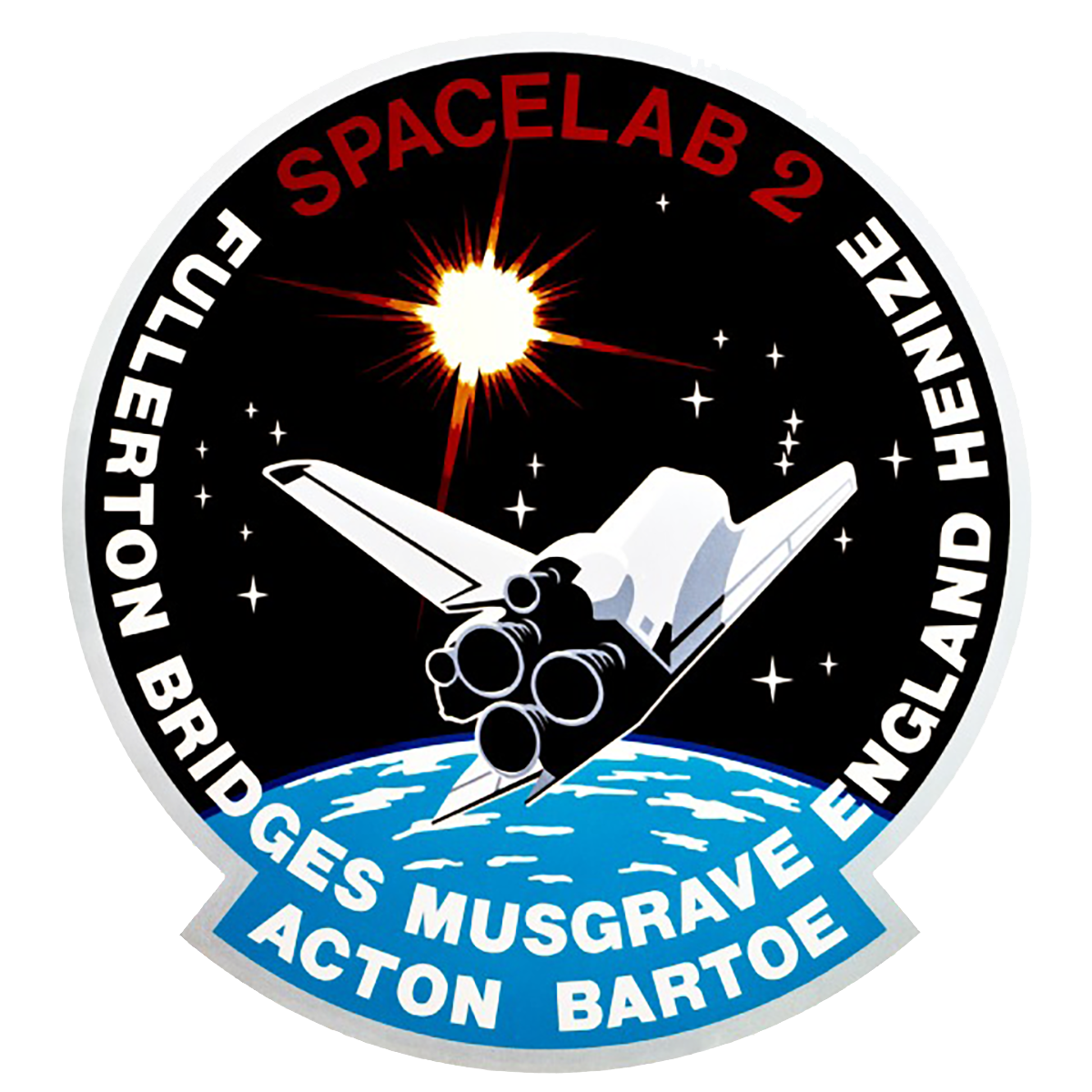CANCEL

STS-51-F (Challenger)
Launch Date
July 29, 1985
Craft
Space Shuttle
Status
Past
Crew
7

STS-51-F (Challenger)
Launch Date
July 29, 1985
Craft
Space Shuttle
Status
Past
Crew
7
Overview
The only NASA human mission to suffer an in-flight abort to date. Challenger lost one of three main engines 5 minutes 43 seconds after launch, forcing the crew to perform an Abort To Orbit; the Space Shuttle reached a lower-than-planned but safe orbit and successfully performed its mission. Three weeks earlier, a prior launch attempt ended with a pad abort at T-3 seconds and the emergency shutdown of Challenger's three main engines. The flight was co-sponsored by ESA and NASA and was a scientific research mission using Spacelab 2.
Crafts

Space Shuttle
The first reusable launch and landing spacecraft, the Space Shuttle began a new chapter of human space exploration. It launched like a rocket but landed on a runway like a plane. Shuttle crews deployed dozens of commercial satellites and two interplanetary probes to Venus and Jupiter. The Shuttle served as a mini space station and hosted hundreds of biomedical, psychological, physiological, materials science, and physics experiments that have directly benefited life on Earth. The five flight-worthy Shuttles -- Columbia, Challenger, Discovery, Atlantis, and Endeavour -- flew 135 missions over 30 years. The Shuttles helped construct the Russian Mir space station and brought nearly 80% of the International Space Station to orbit. Shuttles also deployed and serviced the Hubble Space Telescope.
Launch Crew

185
John-David F. Bartoe


1
MISSIONS
7.9
DAYS IN SPACE
-
SPACEWALKS
-
DAYS SPACEWALKING


182
Karl G. Henize


1
MISSIONS
7.9
DAYS IN SPACE
-
SPACEWALKS
-
DAYS SPACEWALKING


184
Loren W. Acton


1
MISSIONS
7.9
DAYS IN SPACE
-
SPACEWALKS
-
DAYS SPACEWALKING


181
Roy D. Bridges Jr.


1
MISSIONS
8
DAYS IN SPACE
-
SPACEWALKS
-
DAYS SPACEWALKING


123
F. Story Musgrave


6
MISSIONS
53.4
DAYS IN SPACE
4
SPACEWALKS
1.1
DAYS SPACEWALKING




183
Anthony W. England


1
MISSIONS
7.9
DAYS IN SPACE
-
SPACEWALKS
-
DAYS SPACEWALKING


113
C. Gordon Fullerton


2
MISSIONS
16
DAYS IN SPACE
-
SPACEWALKS
-
DAYS SPACEWALKING



